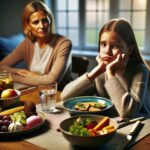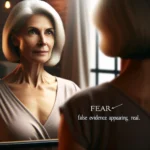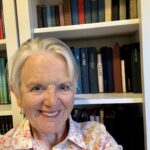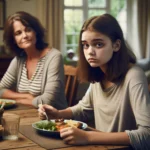How two turtles and a parrot are teaching me to love my life
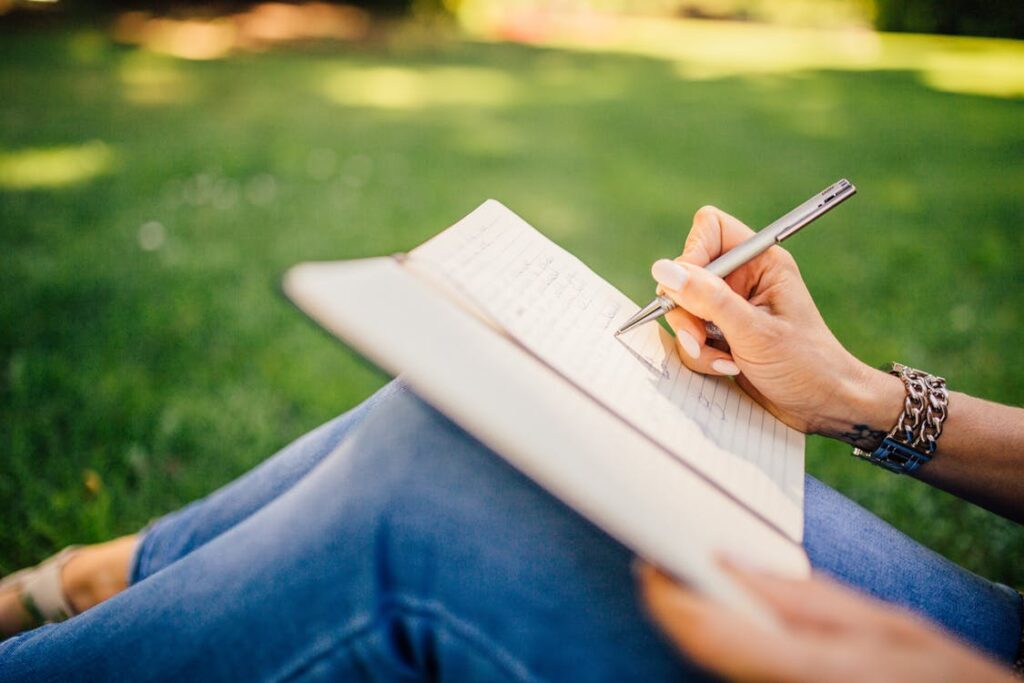
How two turtles and a parrot are teaching me to love my life
I have exciting news. My 19-year-old parrot, Pearl, has become an official Emotional Support Animal (ESA). He has the certificate, the badge, the letter from my doctor – he is the whole real deal.
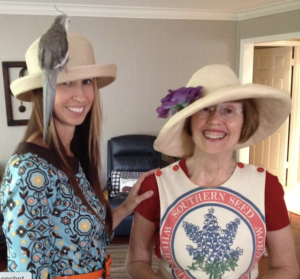
ESAs have been getting a bad rap in mainstream media in recent years, especially if they happen to be accompanying high-profile celebrities to restaurants (or accompanying anyone at all onto an airplane).
But the way I see it, human animals and non-human animals belong together. While anthropologists are somewhat in disagreement over just how old homo sapiens is as a species (200,000 years? 300,000 years?) what they all do seem to agree on is that our species is very, very old.
More pertinently for our purposes here, for nearly all of those years to date except the most recent few decades, fossil records clearly show homo sapiens have quite naturally shared our daily lives with animals.
It is true some of those animals just wanted to eat us for lunch – equally true that we hoped to enjoy others for dinner. But many more were simply protectors or helpmeets, co-creators in an ever-unfolding cycle of life, death and rebirth that helped us hunt, fish, grow crops, learn about time and weather and seasons, treasure our planet and its riches and enrich our shared lives in the process.
In fact, there is even a scientific term for this instinctive human-animal-nature bond – it is called “biophilia,” which loosely translates to mean “love of life.” *
Falling apart from the inside out
So just imagine the shock to our collective and individual systems when, starting in the early 1900s, motorized trains suddenly began replacing oxen-drawn wagon trains, automobiles made equines obsolete and concrete started systematically covering up living, breathing grasslands.
Then we wake up one day to discover we have somehow thoroughly disconnected ourselves from our symbiotic connection with the natural world. In its place, we have substituted a lifestyle where the only time we can reliably count on encountering dirt or wildlife is when it is time to wash and de-flea the family dog!
Something essential has gone missing and, deep down in our soul if not out front in our conscious mind, we feel its loss keenly. Sequestered way away from all the other inhabitants of our planet, breathing stale recirculated air, tuning our circadian rhythms to fluorescent lighting, working overtime to the point we don’t have energy to properly care for ourselves, let alone our families or a companion animal, we might quite naturally start to fall apart from the inside out.
When I was six, a male babysitter messed with me. By age 10 I was developing anorexia. At age 19 I became bulimic. Until just a handful of years ago, I struggled with lifelong anxiety, panic attacks and depression. Last year, at age 47, I was diagnosed with thyroid disease.
‘Animals make us human’
My point here is, looking back over my medical history to date, it is no surprise my longtime doctor readily agreed to write a letter certifying that Pearl provides me with essential daily beneficial emotional support. And she is absolutely accurate – he definitely does.
 But deep down, I don’t think the experiences I’ve had with eating disorders, anxiety, depression or serious illness is the real reason I need Pearl’s constant company in my daily life. I think it is because, as one of my favorite authors and human beings, Dr Temple Grandin, so often says, “animals make us human.”
But deep down, I don’t think the experiences I’ve had with eating disorders, anxiety, depression or serious illness is the real reason I need Pearl’s constant company in my daily life. I think it is because, as one of my favorite authors and human beings, Dr Temple Grandin, so often says, “animals make us human.”
I think taking support – physical, mental, emotional, spiritual – from animals is so natural it is literally a part of who we are. Furthermore, I think continued efforts to separate human and non-human animals in everyday life could very well be fueling some of our particular species’ chronic struggles with connecting, relating, eating, sleeping, asking for help, offering help, serving and loving others and ourselves and being served and loved in return.
I say this because, from what I have observed to date, I am the only member of my own little interspecies flock who struggles to do any of these things.
Lessons on ‘living in the moment’
Of the four of us – Pearl, Malti, Bruce and me – I am the only one who has trouble just living in the moment. I am the only one who thinks I should look different than I do and that if I did look different my life would be better. I am the only one who believes I am not smart enough, successful enough, sociable enough to be a full card-carrying member of my species.
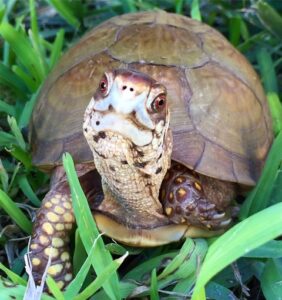 I am the only one who struggles to feed and care for myself properly, to sleep when I am tired and wake up when I am rested. I am the only one who looks at another being and thinks they are better than I am and worries I won’t be accepted or liked. I am the only one who expects myself to accept less than I want, need or deserve or else risk having nothing at all.
I am the only one who struggles to feed and care for myself properly, to sleep when I am tired and wake up when I am rested. I am the only one who looks at another being and thinks they are better than I am and worries I won’t be accepted or liked. I am the only one who expects myself to accept less than I want, need or deserve or else risk having nothing at all.
I am the only one who has trouble accepting herself just as I am and expecting – not hoping or wishing but expecting – that others will too.
Every day, Pearl, Malti and Bruce spend another whole day patiently coaxing me away from my big, bossy, scarcity-obsessed pre-frontal cortex and back towards a deeper, truer way of life where I have enough and I am enough, just as I am.
Without my animals in my life to show me the way, I don’t think I could ever learn how to be fully, truly me.
If you share Shannon’s love for animals and would like to share your story with us on Dear Diary, write to June Alexander at: june@junealexander.com
Reference
*E.O. Wilson, “Biophilia: the human bond with other species,” Harvard University Press, 1984.

